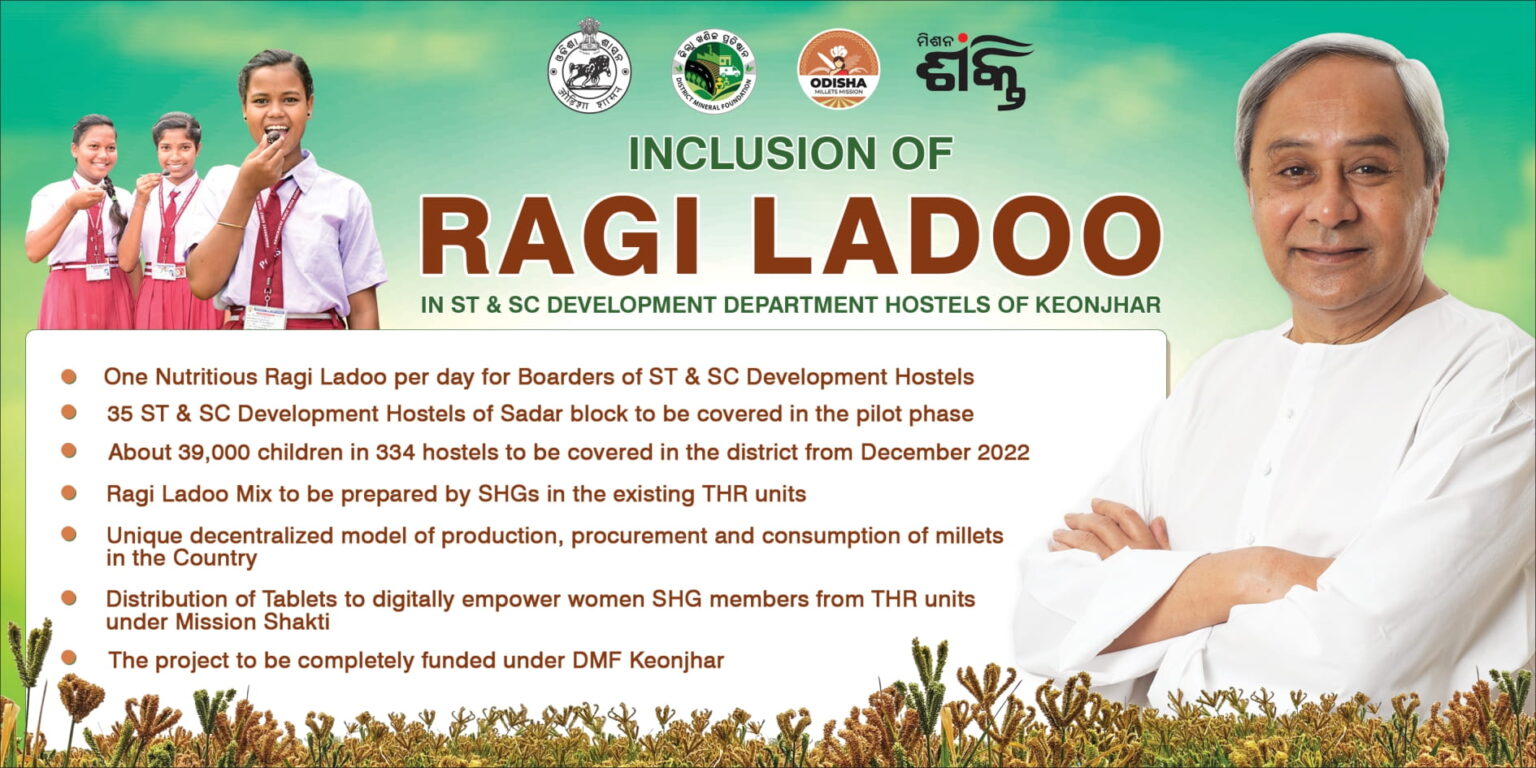Sharm El-Sheikh (Egypt): With the adoption of the loss and damage funding formally in the COP27 agenda in Sharm El-Sheikh in Egypt, a platform has been created to explore the financing options to find possible ways to address climate change risks.
A slew of financial pledges were announced by the developed nations in the backdrop of a year when extreme climate events demonstrated again the urgency to curb greenhouse gas emissions. Also climate envoy calling on rich countries to support poor nations at most risk from the environmental damage.
At the opening of the two-day Climate Implementation Summit at COP27, UN Secretary General Antonio Guterres called for a historic pact between the developed and developing countries to combine capacities, and pivot the world towards reducing carbon emissions, transforming energy systems and avoiding a climate catastrophe.
Joining the issue, Britain Prime Minister Rishi Sunak said, “Instead of developing countries being unfairly burdened with the carbon debt of richer nations and somehow expected to forgo that same path to growth, we are helping those countries deliver their own fast track to clean growth.
“The UK is making further commitments to support this today by investing 65 million pounds in a range of green investment projects in Kenya and in Egypt.”
With delegates discussing finance issues on Wednesday at COP27, the first African COP for six years, the new report lays out the grim economic future some of the poorest countries in the world will face.
The analysis in the report, titled ‘The cost to Africa: drastic economic damage from climate change’, was led by Marina Andrijevic, an economist at the International Institute for Applied Systems Analysis in Vienna.
By 2050 and 2100 the economies of these countries are still expected to be higher than they are today. This study highlights the amount of damage caused to their GDP by climate change, compared to a scenario where climate change didn’t take place.
Estimates based on peer-reviewed methodology by Burke et al show that based on current climate policies, where global temperature rise reaches 2.7C by the end of the century, African countries can expect to suffer an average GDP hit of minus 20 per cent by 2050 and of minus 64 per cent Aby 2100.
Even if countries keep global temperature rise to 1.5C as set out in the Paris Agreement, African countries face an average GDP reduction of minus 14 per cent by 2050 and minus 34 per cent by 2100. This underlines the fact that a robust loss and damage mechanism will be needed, even if countries succeed in keeping global heating to under 1.5C.
First Minister of Scotland Nicola Sturgeon said, “In virtually everything we do on loss and damage, Scotland is trying to ensure that we listen to international perspectives, especially the perspectives of the Global South.
“After all, for more than 30 years now, since the views of island states were first ignored, decisions at COP have been dominated by the voices of the Global North.
“With loss and damage now on the formal agenda for the first time, this COP can mark a turning point in ensuring the views, experiences and perspectives of the Global South assume a far more central role. If that does happen it will lead to greater progress on loss and damage and will also. I hope lead to quicker action on other aspects of climate change. I encourage all parties to make space for serious, open and honest discussion over the next two weeks.a
“The funding Scotland has announced is a small sum in terms of the overall scale of the loss and damage that developing countries face, but I hope that it sends an important message,” Sturgeon said.
Harjeet Singh, Head of Global Political Strategy, Climate Action Network International, said: “The new financial pledges from some rich countries to address loss and damage are welcome. It shows that they are finally acknowledging the lack of finance to meet the needs of people affected by climate disasters.
“But this drip-feed of assorted pledges cannot detract from the demand of setting up a Loss and Damage Finance Facility at COP27 to fill the gap in the financial architecture under the UN system. What we need is institutionalised support that can be scaled up drastically to respond to multiplying economic impacts due to extreme weather events, and deal with the new challenges, such as sea level rise and melting of glaciers.”
The fact that developed countries did not block the agenda item on finance for Loss and Damage in COP27 is welcome, said Saleemul Huq, Director of the International Centre for Climate Change and Development, Bangladesh.
“As well as promises of funds by countries like Denmark. But we need them to agree to establish the Sharm El-Sheikh Finance Facility for Loss and Damage at the end of COP27.”
Ulka Kelkar, Director, Climate Change programme, World Resources Institute (India) said the loss and damage finance pledges at COP27 are an outcome of the persistence of climate vulnerable countries and civil society voices.
“An idea that was seen as marginal and radical just a year ago now has political will. Scotland’s announcement is particularly laudable because it aims to help communities deal with climate impacts that cannot be simply measured in money terms, such as gender inequity and cultural heritage loss.”
COP27 Presidency on Monday launched the Sharm-El-Sheikh Adaptation Agenda in partnership with the High-Level Champions.
The agenda outlines “30 Adaptation Outcomes to enhance resilience for 4 billion people living in the most climate-vulnerable communities by 2030. Each outcome presents global solutions that can be adopted at a local level to respond to local climate contexts, needs and risks and deliver the systems transformation required to protect vulnerable communities to the rising climate hazards, such as extreme heat, drought, flooding, or extreme weather.”
The 30 Adaptation Outcomes include urgent global 2030 targets related to: Transitioning to climate resilient, sustainable agriculture that can increase yields by 17 per cent and reduce farm level greenhouse gas (GHG) emissions by 21 per cent, without expanding agricultural frontiers, and while improving livelihoods including of smallholder farmers.
Also protecting and restoring an estimated 400 million hectares in critical areas (land and freshwater ecosystems) supporting indigenous and local communities with use of nature-based solutions to improve water security and livelihoods and to transform 2 billion hectares of land into sustainable management.
Mahmoud Mohieldin, UN Climate Change High-Level Champion for COP27, said: “The outcomes were identified jointly with a broad range of active stakeholders, reflecting existing and new global targets based on science along with local knowledge and initiatives. The outcome targets will continue to be refined and expanded by the High-Level Champions with inputs from state and non-state actors to support their operationalization.”
This agenda will accelerate the Race to Resilience’s global goal of making 4 billion vulnerable people more resilient by 2030. Of particular importance is the role of key enablers like finance and planning to accelerate adaptation in the near-term. A sum of $140 to $300 billion needs to be mobilised across both public and private sources annually with a minimum target of 50 per cent for adaptation, as called by UN Secretary-General Antonio Guterres.
Of particular concern and focus is Africa, where the private finance share in the total financing of climate adaptation efforts is not more than 3 per cent ($11.4 billion). “Seven times that amount will be needed annually until 2030,” added Mohieldin.
(IANS)
















